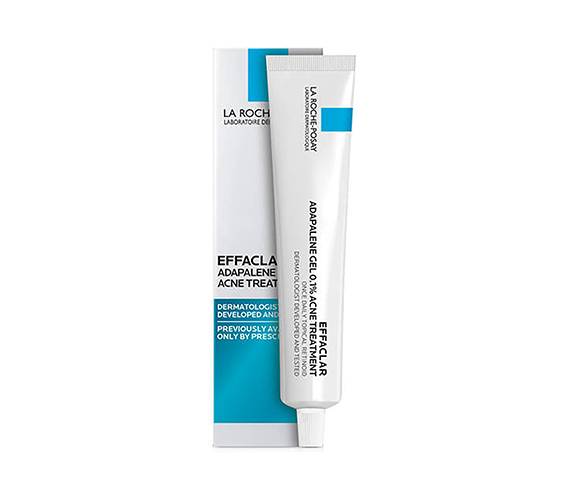3 Common Causes of Jawline Acne and How to Get Rid of It
March 31, 2021Acne on the jawline area might be a skin concern that you’ve been dealing with since you were a teen (thanks a lot, hormones). Or maybe it’s something that’s cropped up since you’ve started wearing a protective face mask. The first step to help address jawline acne is to determine what’s causing your acne. Here, we’re explaining two common causes of acne on the jawline and how to treat it with the help of consulting dermatologist, Dr. Caren Campbell, a board-certified dermatologist based in San Francisco.
What Are Some Causes of Jawline Acne?
“Jawline acne is most commonly hormonal,” says Dr. Campbell. When hormones drive oil production, this excess oil, combined with dead surface skin cells, dirt and bacteria can collect and result in an inflamed cyst or whitehead. If you experience this around your period, the cause is likely hormonal, Dr. Campbell says.
You could also be experiencing acne machina from wearing a mask. “This type of acne is worsened or caused by friction, occlusion and rubbing of the skin, which causes clogging of the pore with dead skin cells, oil, debris and bacteria,” she says.
A third option is perioral dermatitis, a bumpy facial rash that can develop around the mouth and on the lower part of the face.
To get a proper diagnosis of what may be causing your acne, Dr. Campbell recommends consulting with a dermatologist.
How to Treat Jawline Acne
If you have hormonal jawline acne, a dermatologist might recommend prescription treatments. says Dr. Campbell.
For acne machina on the jaw, first make sure you’re cleansing morning and night. This will help prevent a buildup of impurities that can clog pores while wearing a mask. Dr. Campbell suggests using a cleanser that contains glycolic acid to help unclog pores. We like the L’Oréal Paris Revitalift Bright Reveal Facial Cleanser with Glycolic Acid. You can also use the Dr. Campbell’s convenient Maskne Wipes from her skincare line, CCMD. These wipes, with15% glycolic acid and antioxidants, are specially formulated to combat maskne.
In addition to cleansing, you can help fight maskne by using a retinoid, which helps boost surface cell turnover. Dr. Campbell recommends the La Roche-Posay Effaclar Adapalene Gel. “It can be used one to two nights per week as the face gets used to it, and then add one night a week every two to three weeks,” she says. “Initially anything that works for acne can be drying, particularly retinoids, so starting slow and allowing your face to adjust is important.”
If your dermatologist diagnoses the issue as perioral dermatitis, they might prescribe an oral antibiotic, says Dr. Campbell.
No matter the cause or treatment plan, it’s important to remember to be patient. “Acne treatments can take six to eight weeks to start working,” says Dr. Campbell.

Photo: Chaunte Vaughn
Read More:
Will a Silk Face Mask Help My Maskne?
SOS! I Keep Getting Little Pimples Around My Chin, Nostrils and Mouth
Acne Face Mapping 101: How to Decode Your Breakouts


